
The famous porticoes of Turin are made for strolling. Aliaksandr Antanovich/Shutterstock
Italy is a country of fabulous regions – and Piedmont, in the country’s northwest corner, ranks as one of the most appealing.
Indeed, the region has a concentration of the pleasures that make Italy such a dreamy destination. Piedmont brims with art and history. It’s one of the best places to savor food and wine in all of Italy. And stunning natural landscapes – rolling hills, mirror-like lakes and the looming Alps – abound.
Italian industrialization truly took off in Piedmont’s cities, yet its pastoral heart shines through in its myriad smaller towns and villages, where life slows down and the pleasures are simple (think a steaming risotto and a glass of rich red wine).
Ready to add Piedmont to your Italy itinerary? Here’s all you need to know before you set off.
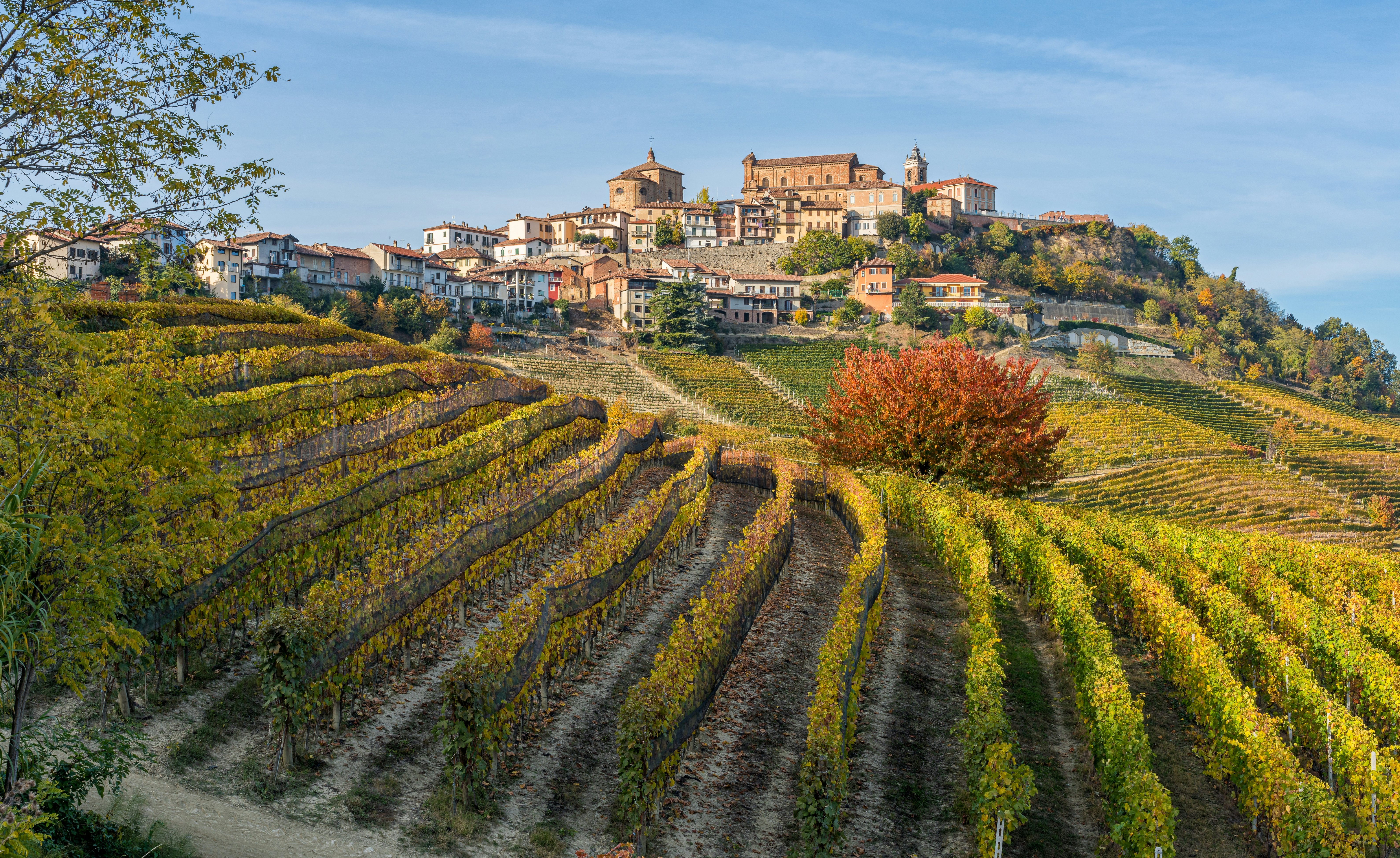
When should I visit Piedmont?
High season in Piedmont stretches from May to September, with the busiest times the three golden summer months when most Italians also take their vacations. While we can never discourage a summer vacation in Italy, the weather can be brutally hot and the crowds enormous.
You might consider the shoulder seasons in spring (March to May) and autumn (September to October). While weekends are lively with locals and events, if you visit during the workweek you’ll find just the right combination of sunny weather and relative peace to do all your exploring. Some restaurants in the countryside get particularly busy on the weekends in May and September – peak wedding months – but both shoulder seasons remain the absolute best time to plan a trip to Piedmont.
Even with occasionally extreme cold, winter has its charms as well, especially when Turin’s avenues light up for Christmas and mountain villages take on fairy tale–like dusting of snow.
How much time should I spend in Piedmont?
In a week, you can see all of Piedmont’s main spots, from the grand royal palaces of Turin to the sweeping hills of the Monferrato and the Langhe. You might want to allocate a couple of days more if you plan on relying on the trains to go from place to place so that moving between locations doesn’t eat up too much of your time.
If you want to truly explore every corner of this region, consider a trip of two or even three weeks. This will allow you both extra time for sightseeing – and a couple of days to truly slow down. (Piedmont is, after all, where the Slow Food movement originated.)
Yet a long weekend in the region also has its bite-size rewards – especially if you’re based in a neighboring region such Lombardy or Liguria.
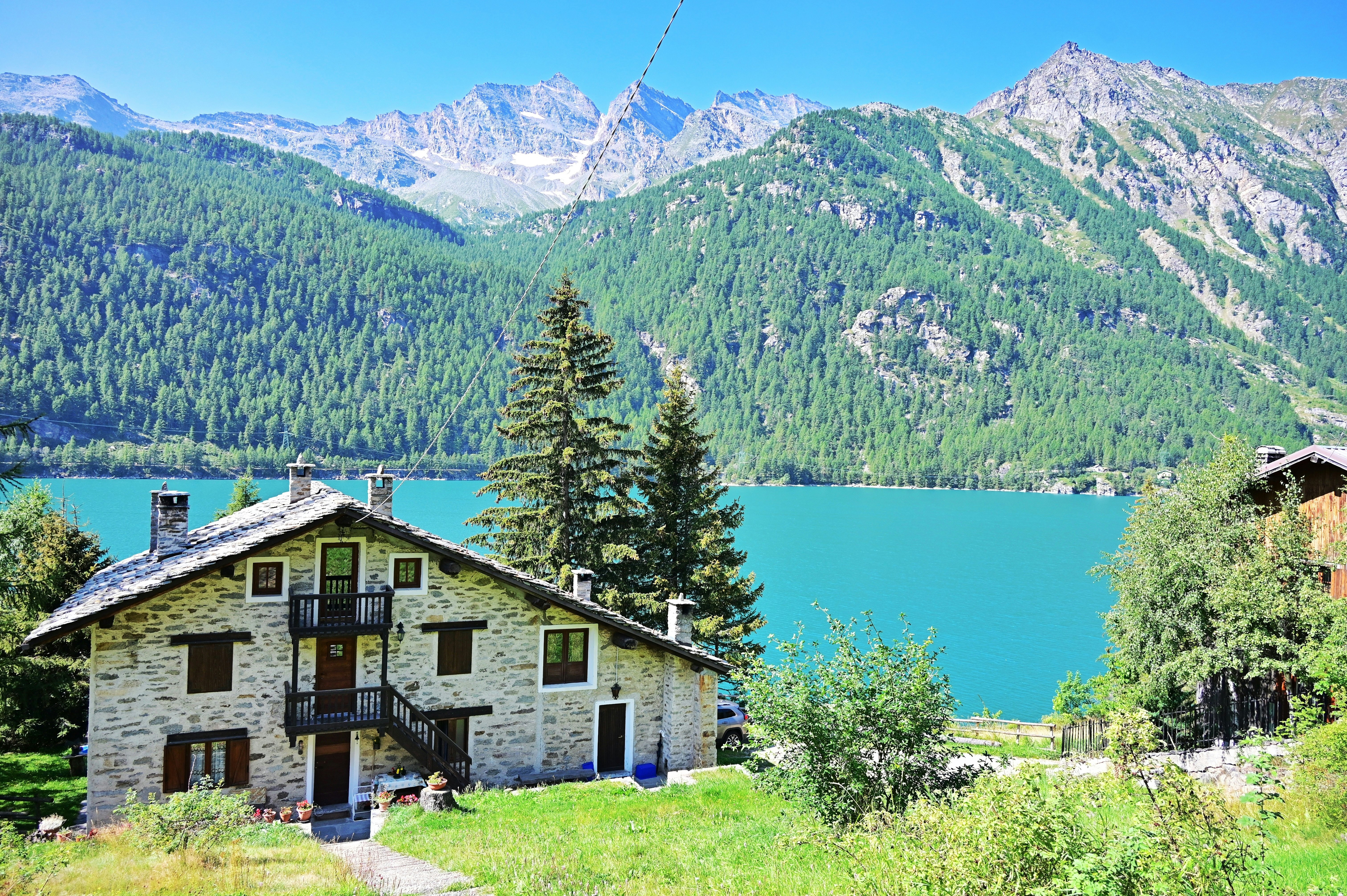
Is it easy to get in and around Piedmont?
Yes – though you will likely need to have some patience with Italy’s…unpredictable public transport.
Turin’s airport is well connected to other cities in Europe; nearby Milan has even more air links. (Verify whether you need a visa to enter Italy as you begin planning.)
Trains are an excellent way to move between the region’s biggest cities; from Turin’s main station of Torino Porta Nuova you can get pretty much everywhere. Be sure to download the official Trenitalia app so that you can buy your tickets, check routes and timetables, and get alerts regarding possible delays.
To reach Piedmont’s hill hamlets and Alpine valleys you’ll need your own set of wheels; car rentals are available in major cities. Always keep in mind that the smaller the village, the rarer the parking spots – especially on the weekends or public holidays.
Top things to do in Piedmont

Stroll through Turin’s elegant city center, then see it from above
The neat grid of streets that composes Turin’s city center reveals corner after corner of beautiful palazzos, airy squares and long avenues covered with porticoes, designed for strolling even on rainy days. Do as the Turinese do and strut along Via Roma, Via Garibaldi and Via Po, window shopping at the area’s smart boutiques, and perhaps stopping for a bicerin, a coffee enriched with chocolate and cream.
If you want to see the city from above, then take the elevator to the top of the Mole Antonelliana, perhaps Turin’s most iconic landmark. The view is stunning, especially on bright, clear days, when you can see the ridge of the Alps in the distance.
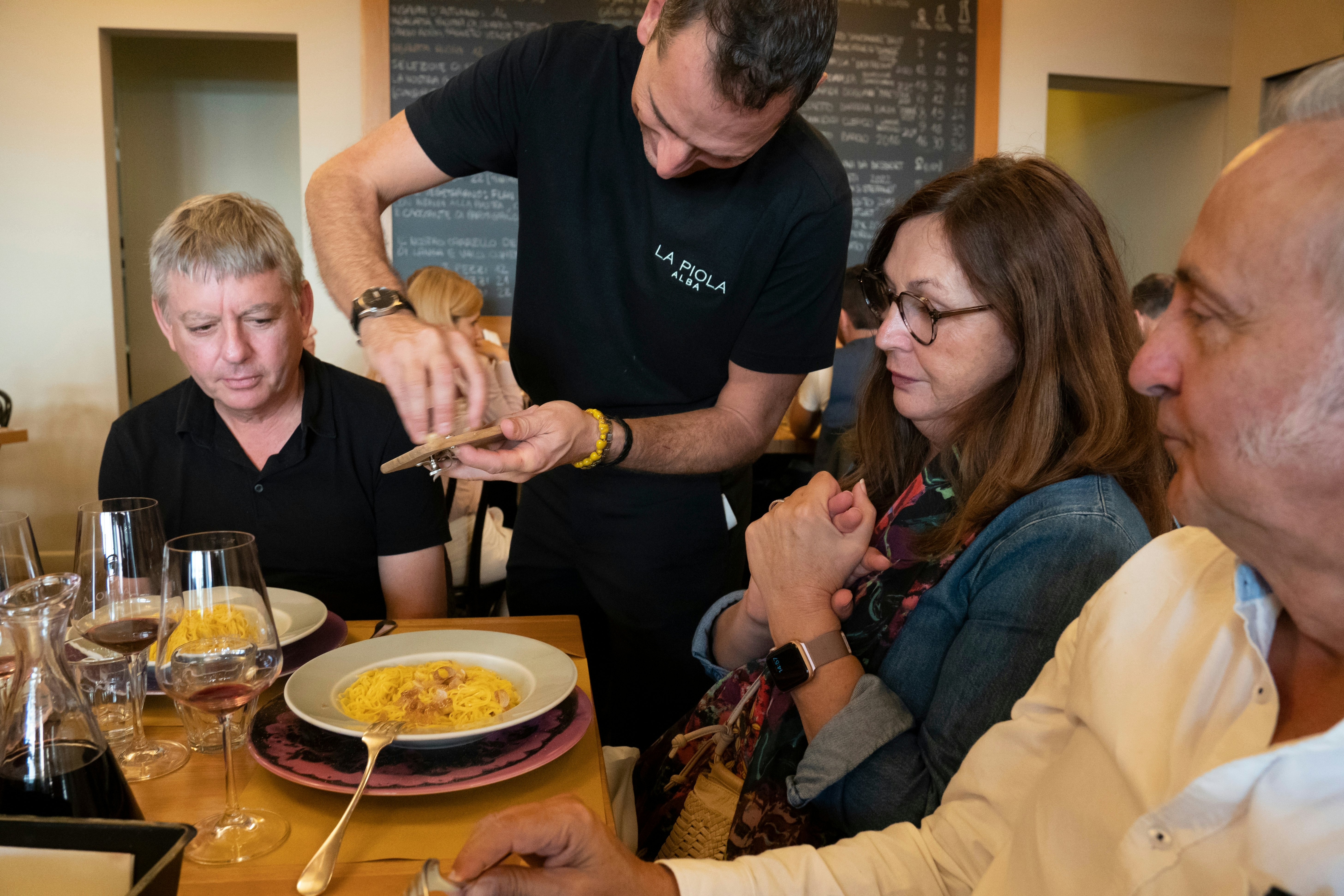
Eat your way through the Langhe and the Monferrato hills
In the southern part of the region, the Langhe and Monferrato hills have been a UNESCO World Heritage site since 2014 thanks to the superb grape varietals that grow here. In cities like Asti or Alba as well as in smaller villages, you’ll be sure to find plenty of delicious food – and even better wine. We recommend a glass of Barbera or Barolo accompanied by a dish of agnolotti del plin (stuffed fresh pasta closed with a little pinch, or “plin”) or a rich piece of arrosto (roasted meat).
Other hidden treasures lie in these hills – like the giant benches that make you feel like Alice in Wonderland while overlooking the bricci (hill peaks), and solitary towers that rise in the vineyards (we love the Torre dei Contini), seemingly designed for Rapunzel.

Admire the view from the Sacra di San Michele
The brooding hilltop abbey Sacra di San Michele, dating to 987 CE, stands atop Monte Pirchiriano (962m/3156ft) and offers sublime views of the Val di Susa (far) below. The structure was built as a Benedictine monastery and later taken over by the ruling Savoys in the 19th century. Evocative and associated with several legends, the dramatic complex served as the inspiration for Italian writer Umberto Eco’s famous historical thriller The Name of the Rose. You can get up to it on a public bus, or with your own feet via a series of trails that accommodate all kinds of hiking expertise.
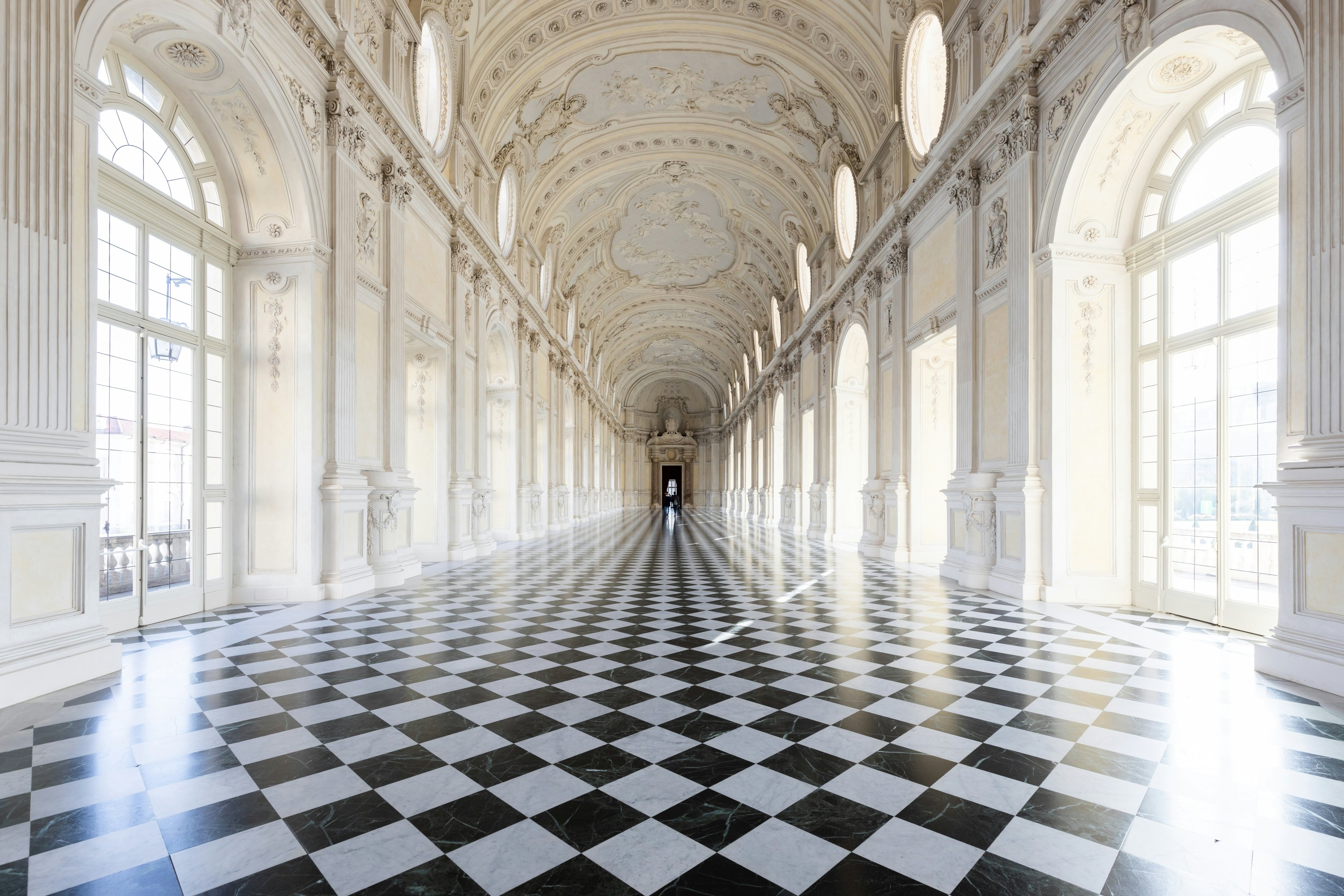
Take in the grandeur of the Reggia di Venaria Reale
Turin’s history as a ducal and later royal capital is evident through grand monuments in and around the city. None is more grandiose than the Reggia di Venaria Reale, about 11km (7 miles) from the city center. Surrounded by sprawling gardens, the palace has as its centerpiece the Versailles-like Galleria Grande, whose checkered tiles and vaulted ceilings evoke the splendor of the ancien régime.
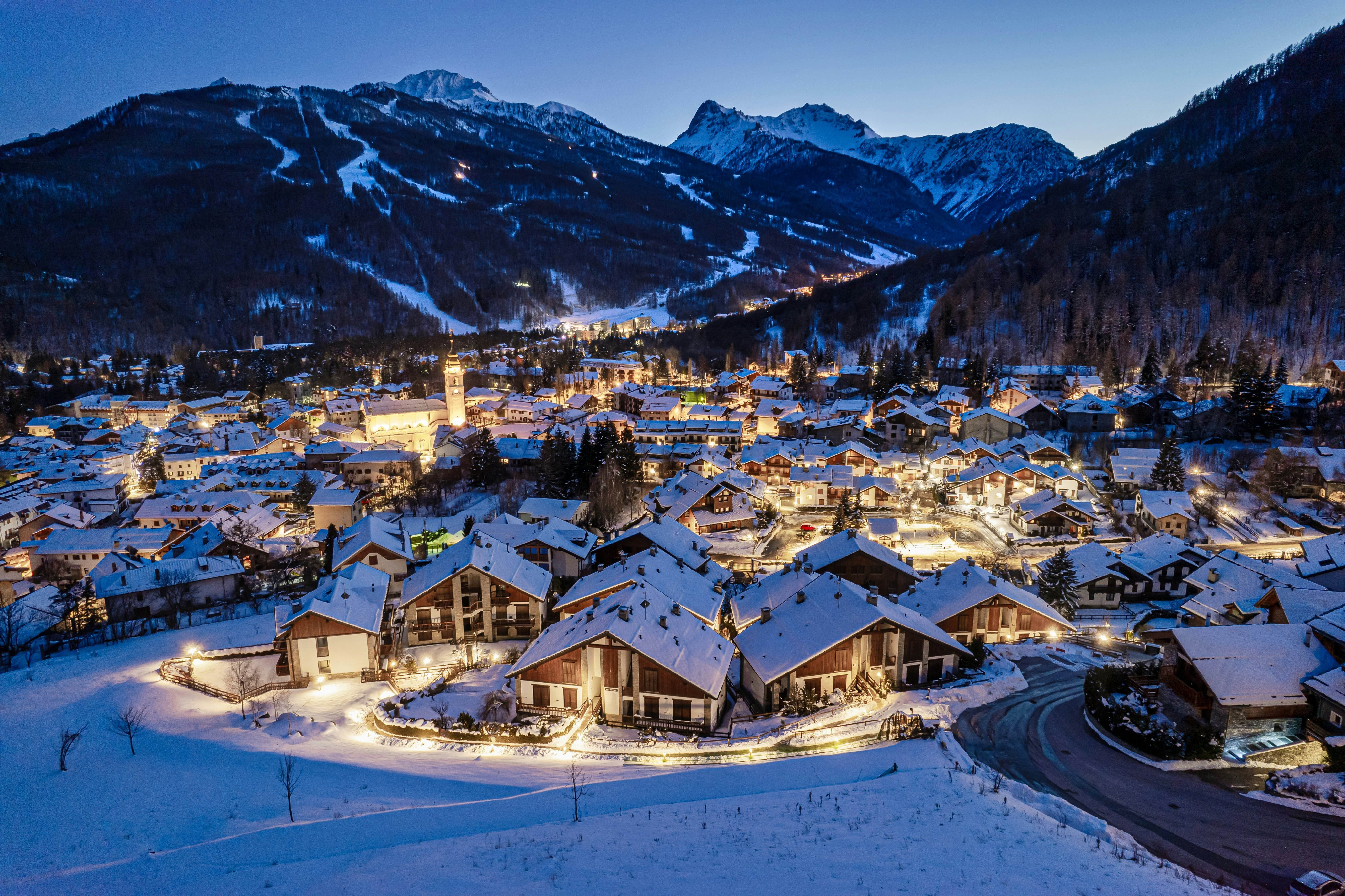
Enjoy a winter wonderland in Piedmont’s Alpine valleys
If you’re a fan of winter sports, then the cold season in Piedmont is a dream come true. While some ski towns like Bardonecchia and Sestriere are reachable by train, having your own car is the most convenient option (and hauling gear on public transit is never fun). Be sure to buy your ski pass ahead of time and check if the ski resort you’ve set your eyes on has slopes that are suitable for your level of expertise. And don’t forget to stop at a baita (wooden cabins typical of the Alps) for lunch or an après-ski.
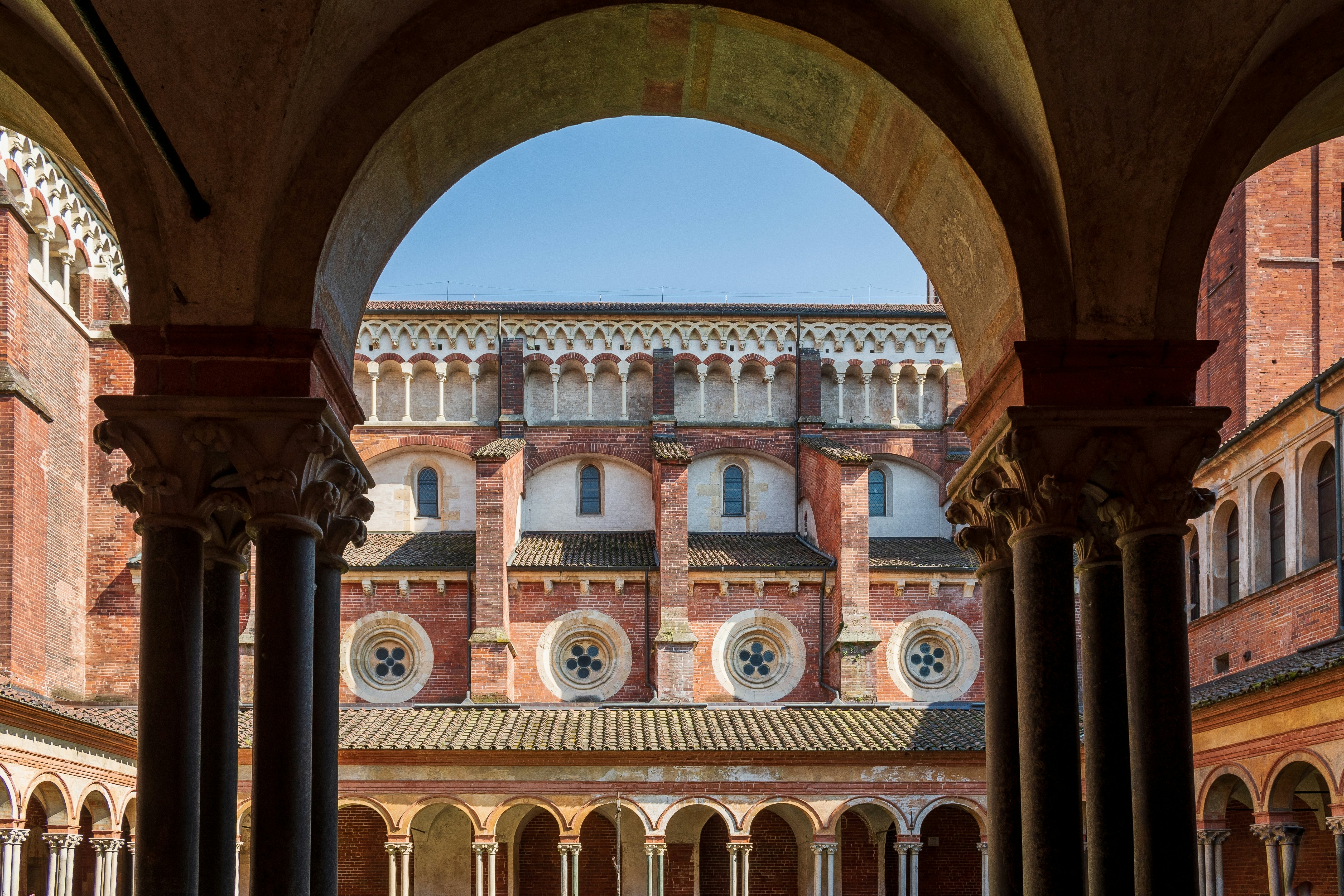
Visit one of Italy’s oldest Gothic churches
Step a little bit off the beaten track by visiting Sant’Andrea in Vercelli (about an hour by train from Turin). The 13th-century church was one of the first on this side of the Alps to be built in the Gothic style (which had already taken off in France), lending it architectural significance. Be sure to step inside the church cloister, a peaceful spot for taking a breather while admiring the church’s intricate buttresses and windows.
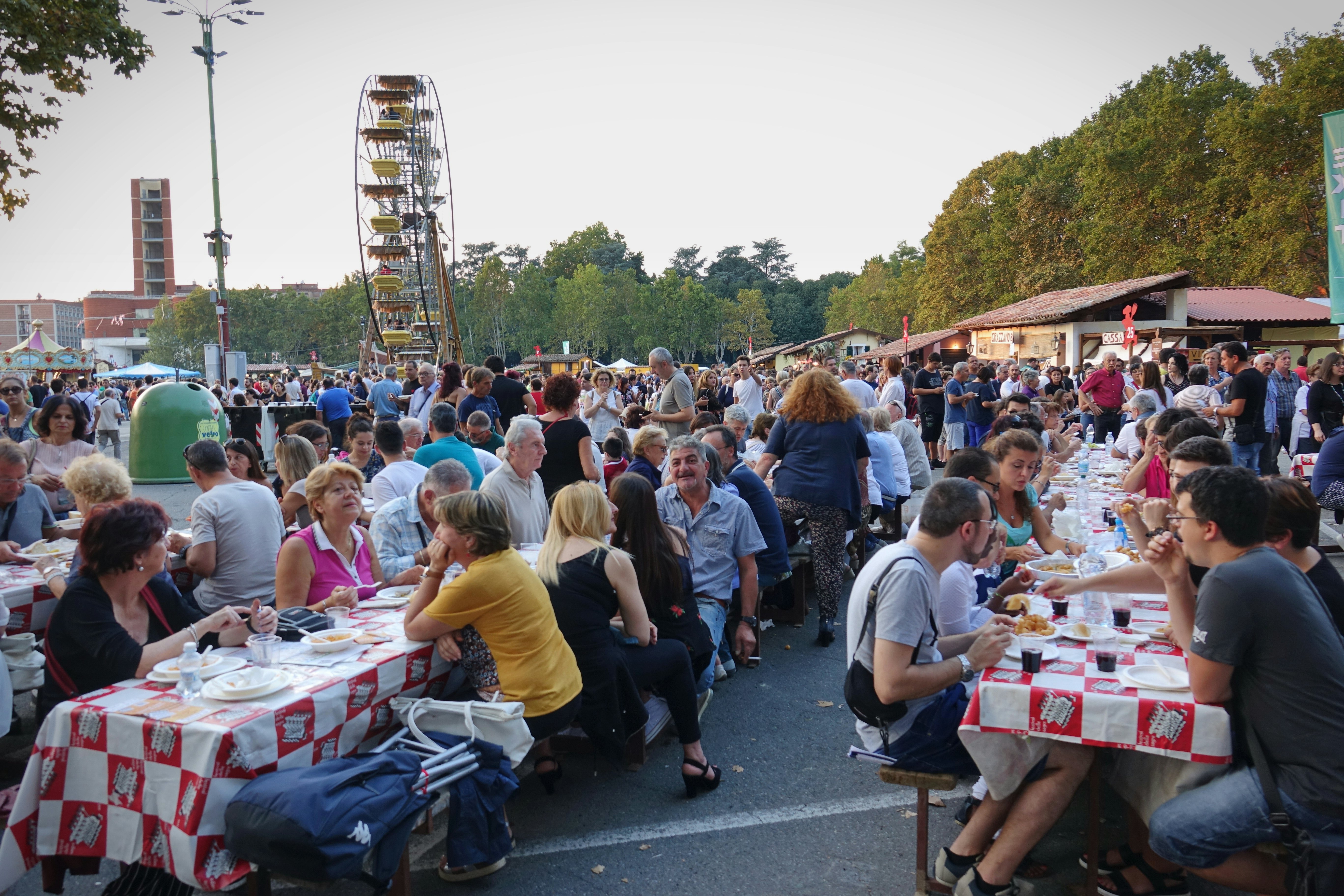
My favorite thing to do in Piedmont
My favorite thing to do in Piedmont is spending a weekend in Asti during the Festival delle Sagre, held each September. Participating towns and villages in the area each focus on preparing a single dish – with visitors invited to create their own menus by stopping at stalls to sample what they wish.
People find a seat wherever they can in the square where the festival takes place – and stay there, chatting the evening away, playing the occasional song on the guitar, and just generally enjoying the last truly warm nights of autumn. Since I try to attend with my friends each year, I now have countless cherished memories from these festive weekends.
How much money do I need for Piedmont?
While not the cheapest region in Italy, Piedmont has prices more or less in line with the rest of northern Italy. You’ll find many deluxe restaurants and hotels where you can spend upward of €150 (US$173) per person on dinner, but also plenty of budget hostels and local eating spots that won’t hit your wallet too hard.
You can pay contactless or by card pretty much anywhere, even though it’s always a good idea to keep some euros on you for little purchases in small towns and villages. The most widespread payment method is Satispay, a local app that functions more or less like Apple Pay.
Hostel room: €40 (US$46) per day
Mid-end hotel room: €110 (US$127) per day
Car rental: €26–54 (US$430–62) per day
Meal at a typical piola, or restaurant: €20–25 (US$23–29) per person
Gelato: €3 (US$3.47)
Bicerin coffee: €6 (US$6.93)
Daily ski pass in Bardonecchia: €48 (US$55)
Entry ticket to the Reggia di Venaria Reale: €16 (US$18.50)
Train fare from Turin to Asti: €6.30 (US$7.28)
Is Piedmont safe?
Yes, Piedmont is a very safe region. Still, potential scams remain a possibility in bigger cities, especially Turin – so be discreet with your belongings and be wary of anyone trying to stop you in the street. Some areas of Turin are also not ideal when it comes to walking around after dark, especially for female travelers, so be sure to do your research and book accommodation accordingly.

A little Italian goes a long way in Piedmont
People in very touristy areas and businesses also catering to tourists will speak English, and most people, especially on the younger side, know enough English to get through day-to-day interactions. Still, a little Italian goes a long way, especially if you plan to travel off the beaten path. Brush up on some basic phrases, which will surely come in handy during your trip.
A note on the Piedmontese
The people of Piedmont (or piemontesi) have a reputation for being cold and detached – indeed, a famous Italian saying goes “piemontesi falsi e cortesi” (“Piedmontese [are] false and polite”). This implies that they’ll be incredibly courteous to you – but only to keep up appearances, not to be genuinely kind.
As with all stereotypes, this one needs some dismantling. It’s true that the Piedmontese aren’t generally as loud or as lively as some of their fellow, more southerly Italians, and that they prefer an air of understatement. Yet the idea that we are all a group of cold and unkind people is simply wrong. It might just take us a little longer to come out of our shells.
Plan with a local





